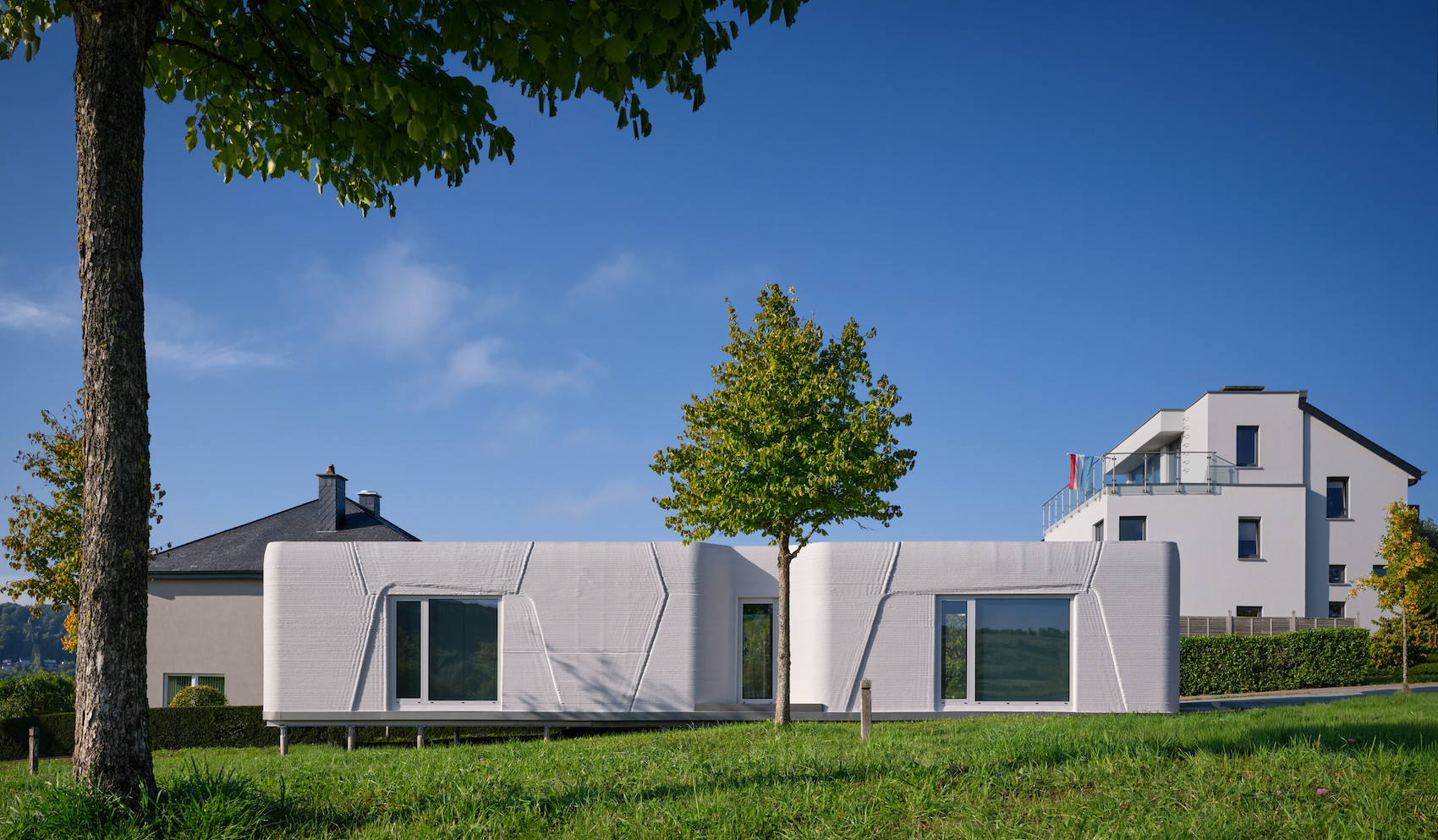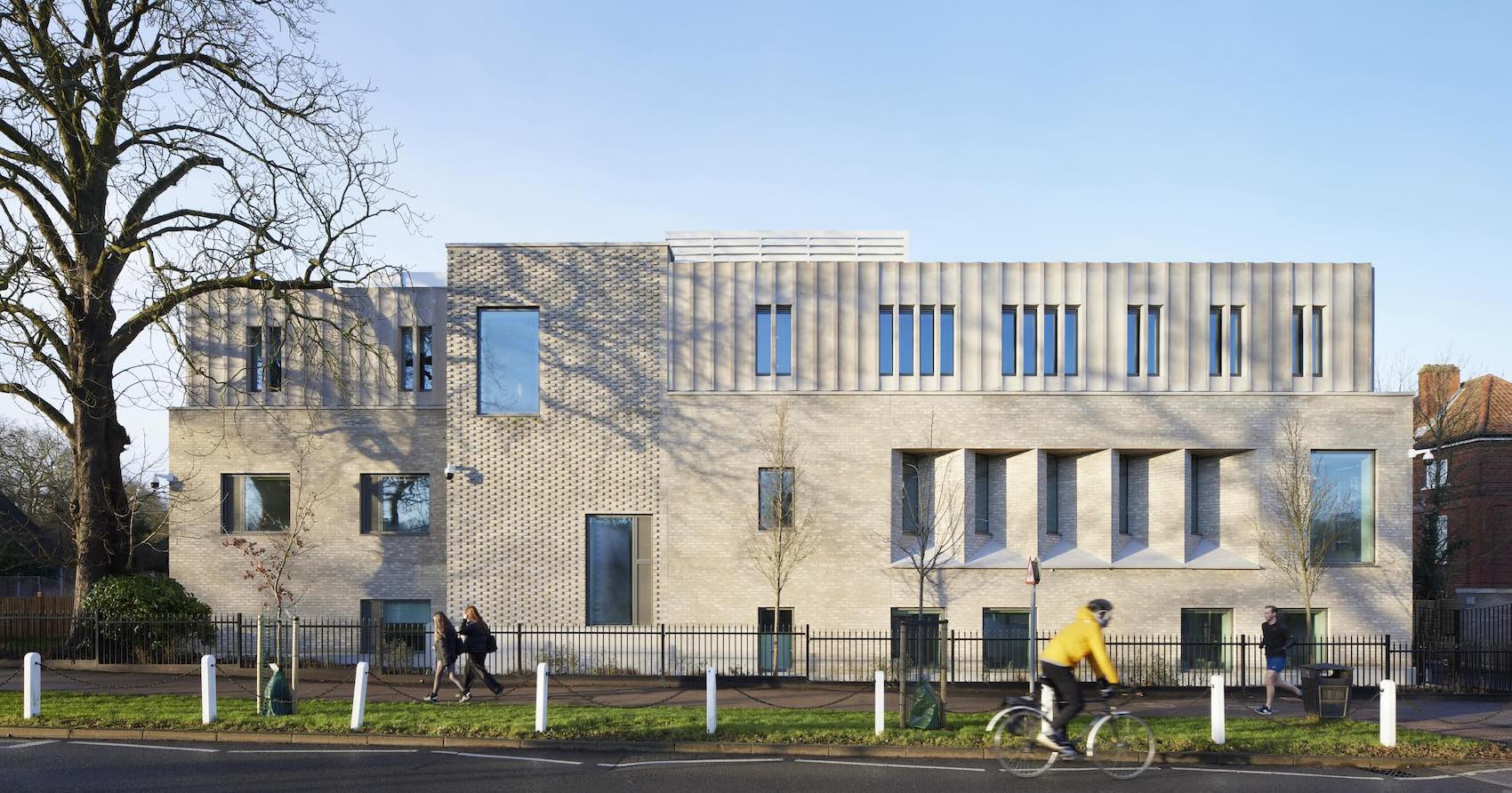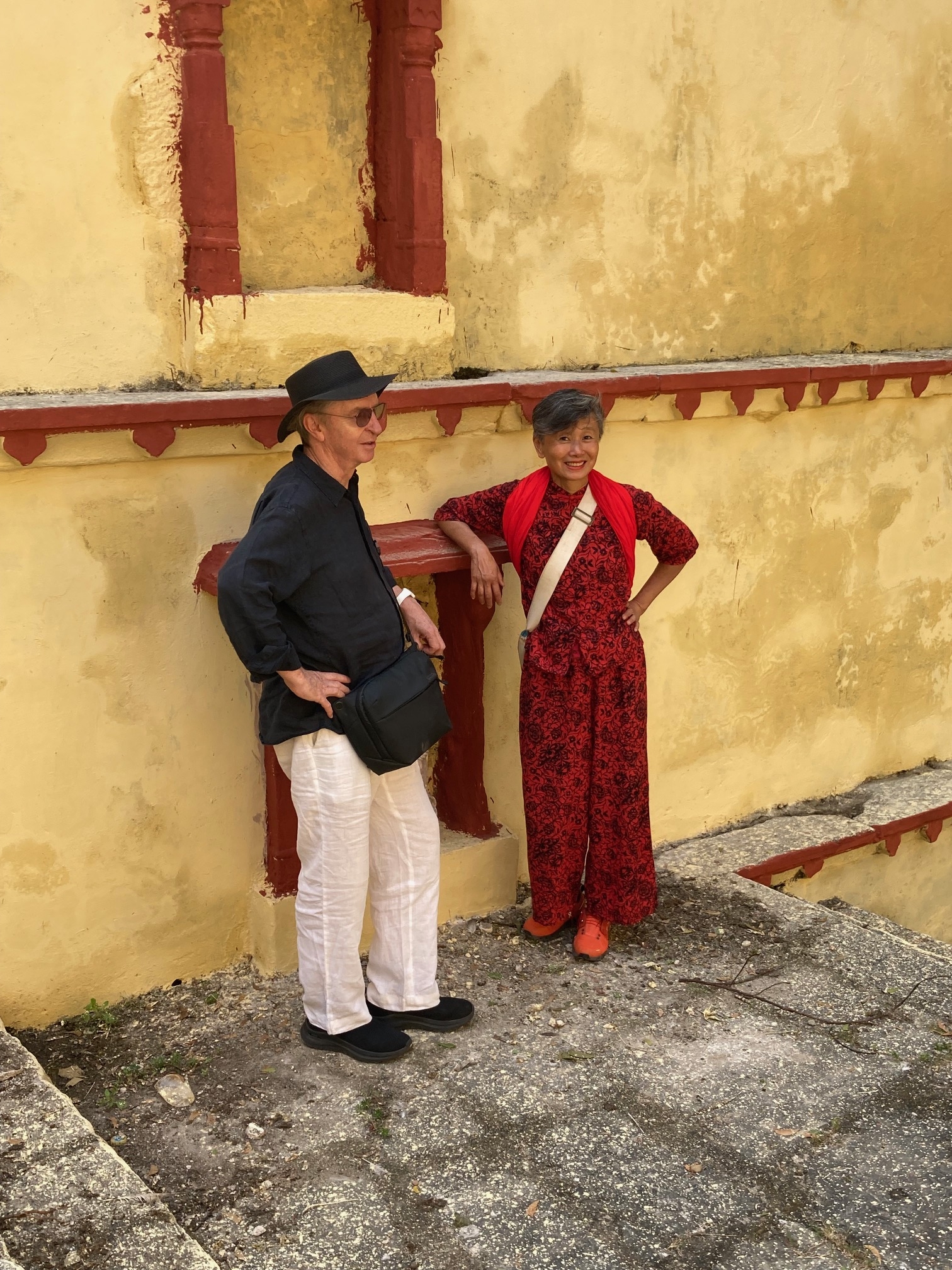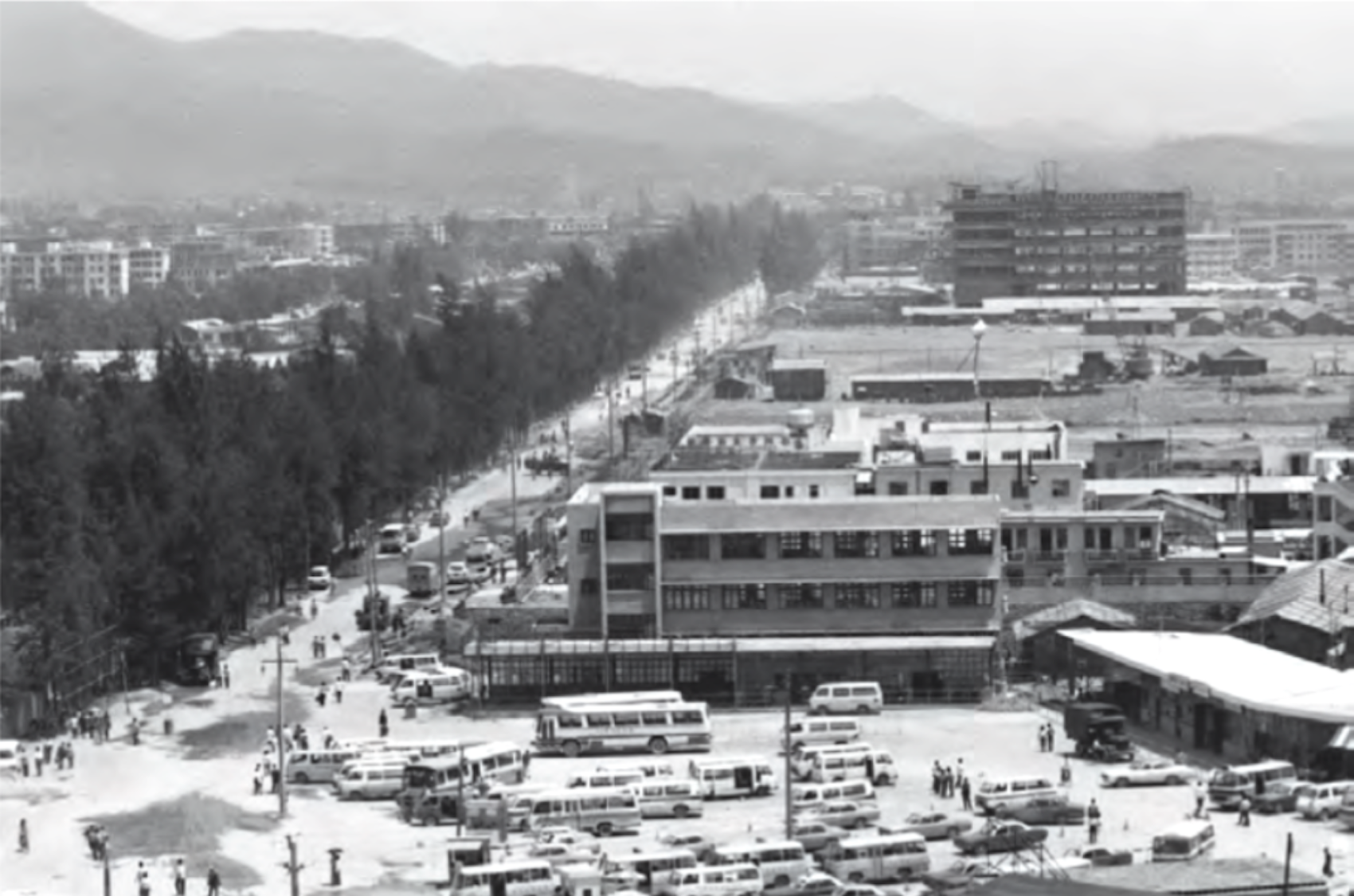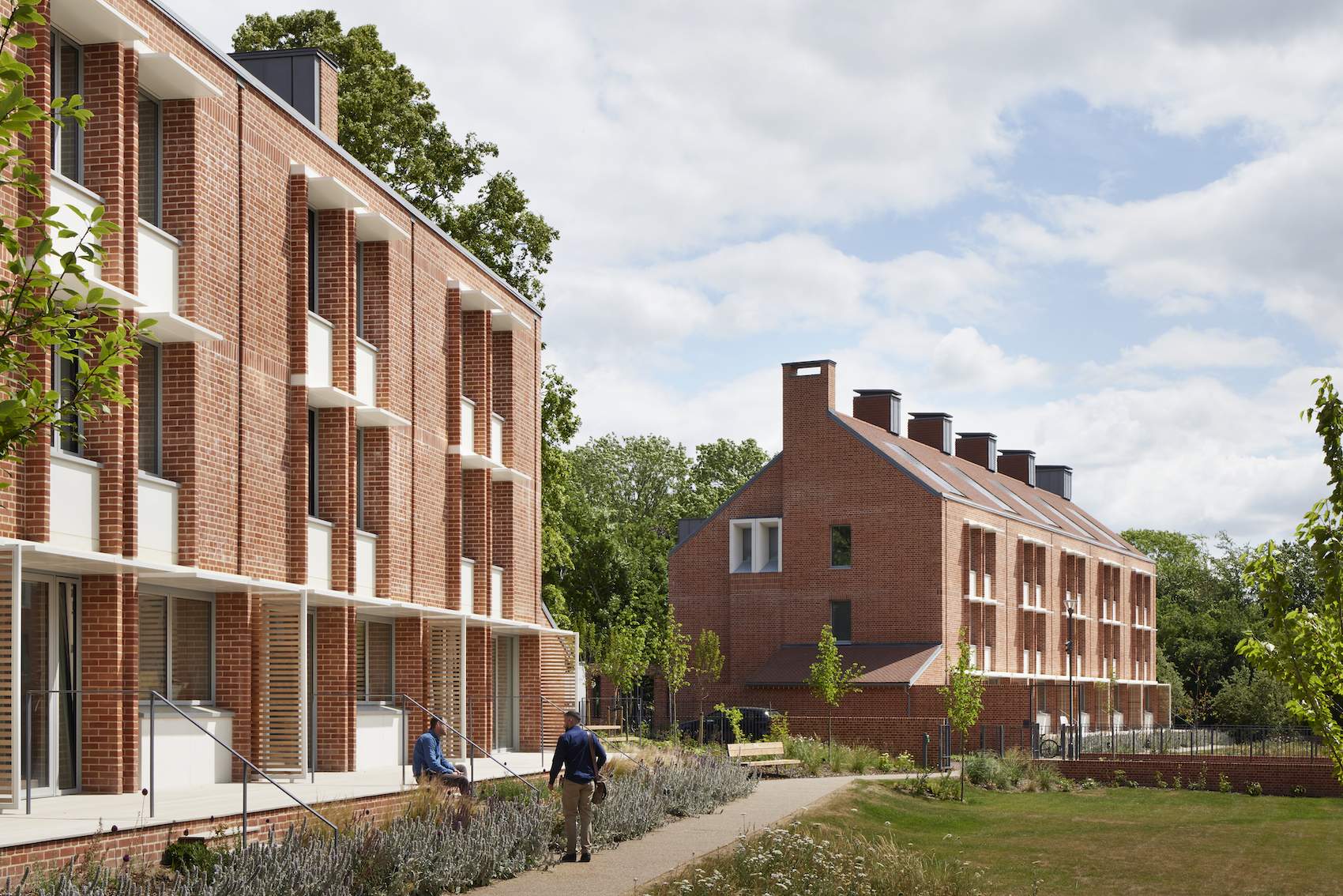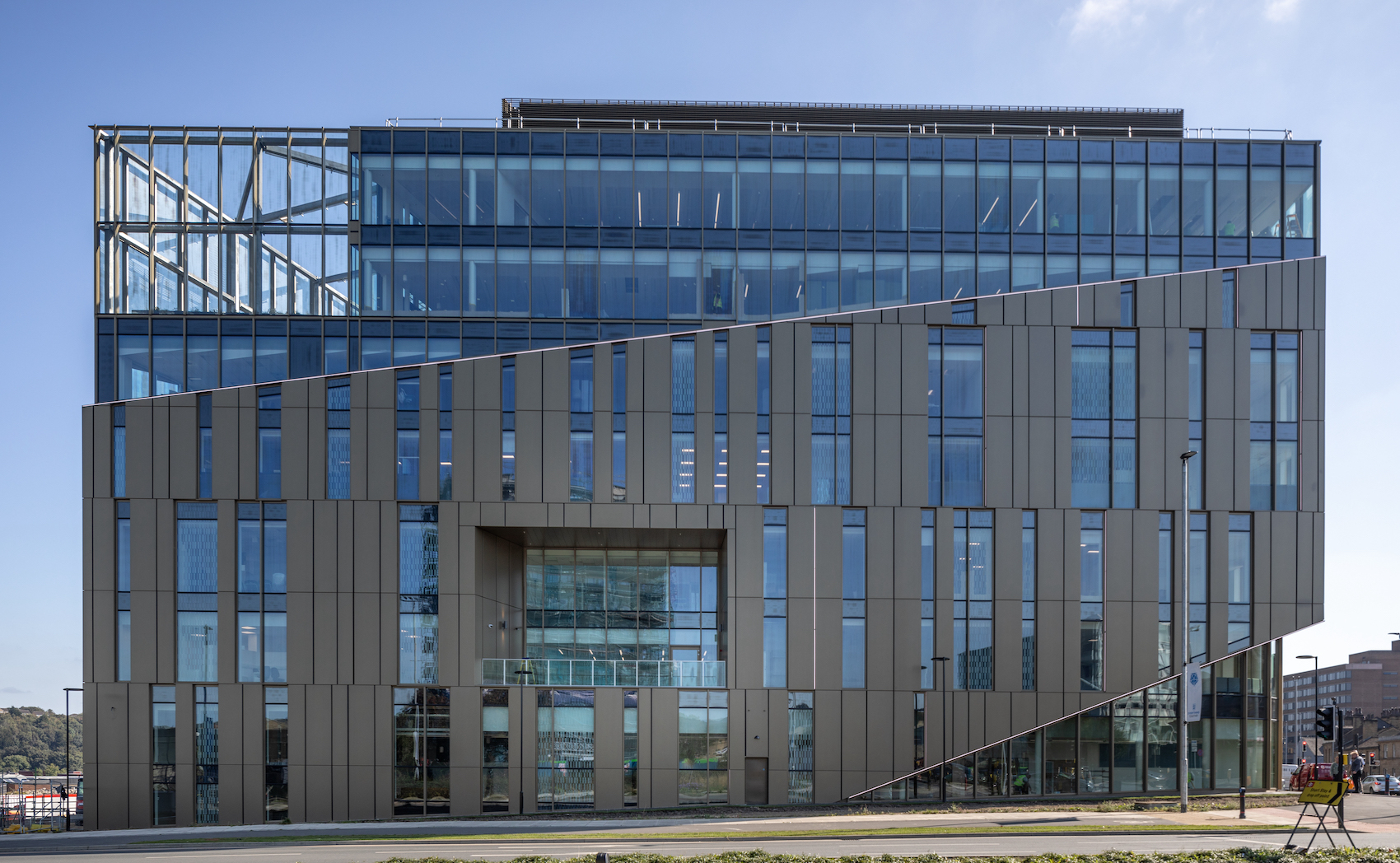Tom Bennett, Director at Studio Bark, speaks to AT about their bespoke carbon analysis tools and U-Build’s new acoustic interior partition, ‘U-What’.
Tom Bennett photographed at Studio Bark in East London.
I feel most productive in calm, quiet moments. Sometimes on a Monday or a Friday I might be the only person in the studio for example. In these kinds of circumstances I can really get my head down and find a deeper focus.
We’re very interested in natural materials but also processes, be that certain seasonal or resource-based cycles or something particular to do with the ecology of an area. Our projects often draw inspiration from looking at natural processes found on or near to the site; whether that’s the water cycle, a seasonal energy strategy, or a way of enhancing the ecological richness of the site.
We often look for opportunities to weave a research element into a live/paid job; so in that sense we try to make our regenerative aspirations and commercial pressures align as much as possible. We also offer work packages such as carbon and energy analysis as additional services, to expand our scope while bringing additional value to a project. Clients are typically more familiar with concepts of energy efficiency or sustainability. However, we do have some clients who have a broader appreciation for the potential of a regenerative approach.
Recognising the significant limits to our own knowledge and understanding is important. In terms of landscape integration we typically work with a range of specialists, ecologists, arboriculturalists, hydrologists and so on. Bringing in relevant expertise and developing an open and collaborative dialogue has been key in many of our projects.
We tend to start by looking at what’s available on site or nearby in the locality; there might be a significant local material or waste stream that can be drawn from. Embodied carbon impact is a key consideration – we gather data and undertake comparisons using our bespoke tool “SmallCarbon” to make some informed decisions about various options from the early project stages. Considerations of legacy are also prominent for us – is the material inert or biodegradable? Will it leave a toxic legacy or issues for future generations to deal with?
U-Build has stabilised as a system, in terms of the key parameters and how it works. However, there continues to be quite a bit of R&D to develop the range of componentry for different applications and use-cases. A recent example is an acoustic interior partition panel type that we’ve been calling ‘U-What’. Alongside this, the U-Build team have continued to improve their processes, documentation base and manufacturing efficiencies. In terms of clients and project types, it’s a mix of private domestic clients, larger commercial clients (typically fit-outs) and also some interesting community-based groups and initiatives.
Tom Bennet
Studio Bark
London E2




